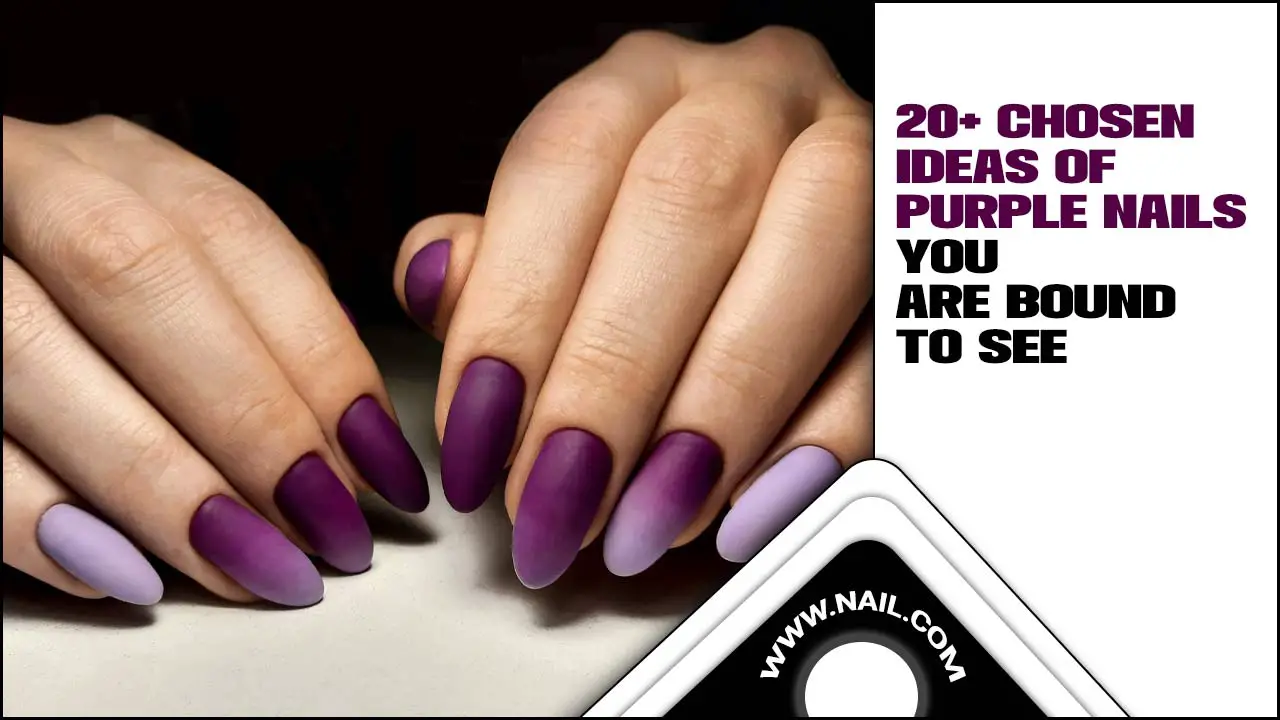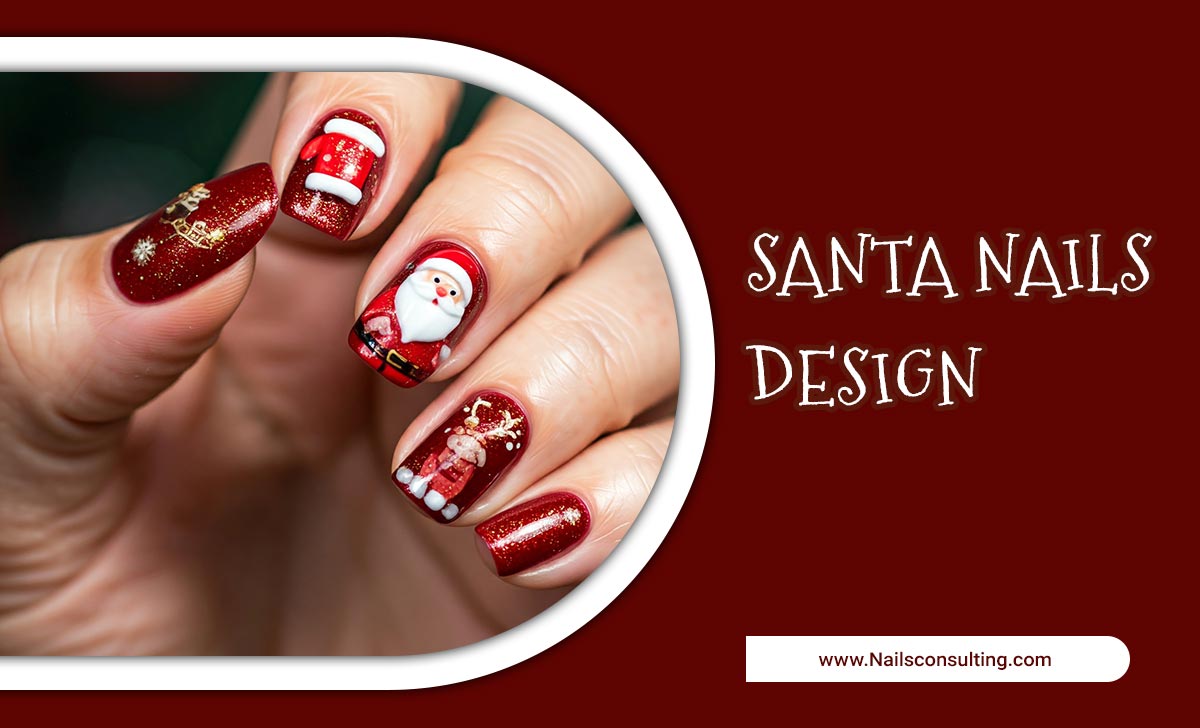Can’t make it to the salon? Achieve gorgeous DIY floral nail art at home with these essential tips! This beginner-friendly guide breaks down simple techniques, essential tools, and expert advice to help you create beautiful blooming nails easily and affordably, no matter your skill level.
Who doesn’t love a beautiful floral nail design? They’re elegant, cheerful, and always in style. But sometimes, getting to the nail salon isn’t an option, or maybe you’re looking for a fun, creative way to express yourself without spending a fortune. The good news is that creating stunning DIY floral nail art at home is totally achievable, even if you think you’re not artistic. You might feel a bit intimidated at first, worrying about messy mistakes or complicated steps. But don’t worry! With the right tips and a little practice, you’ll be painting pretty petals like a pro. We’ll cover everything from the basic tools you’ll need to simple techniques that make floral designs a breeze. Get ready to unlock your inner nail artist!
Your Guide to Blooming Nails: Essential Tips for DIY Floral Nail Art
Welcome, nail lovers! I’m Lisa Drew from Nailerguy, and I’m so excited to guide you through the wonderful world of DIY floral nail art. We’re going to break down how to create gorgeous flower designs right at your fingertips, making it fun, easy, and totally fuss-free. Forget those complicated techniques you see online; we’re focusing on simple, achievable methods that anyone can master. From picking the perfect polishes to mastering a few basic brush strokes, this guide is your ticket to beautiful, blooming nails that will turn heads.
Why DIY Floral Nail Art?
Let’s talk about why embracing DIY floral nail art at home is such a fantastic idea. For starters, it’s incredibly budget-friendly. Think about how much a professional floral manicure can cost! Doing it yourself saves you money and gives you the freedom to experiment with as many designs as you like without commitment. Plus, it’s a wonderfully relaxing and creative activity. It’s your own personal spa time, a moment to unwind and create something beautiful. And the best part? You get to showcase your unique style and personality on your nails!
What You’ll Need: Your Floral Nail Art Toolkit
Getting started with DIY floral nail art at home doesn’t require a professional kit. You can achieve stunning results with just a few essential items you might already have or can easily pick up from a drugstore or beauty supply store. Here’s what I recommend having on hand:
Must-Have Nail Polishes & Tools
- Base Coat: This is crucial for protecting your natural nails and creating a smooth canvas for your designs. It also helps your polish last longer!
- Top Coat: Your final step for sealing the design, adding shine, and preventing chips.
- Nail Polish Colors: Choose your favorite colors, including a base color for your nails and various vibrant or pastel shades for your flowers and leaves.
- Detailing Brushes: These are key! Look for fine-tipped brushes. A dotting tool with a small ball tip can also be great for creating petals and flower centers.
- Toothpick or Orangewood Stick: Incredibly versatile for dotting, dragging polish, and cleaning up mistakes.
- Acetone or Nail Polish Remover: For those inevitable oops moments and for cleaning your tools.
- Cotton Pads or Balls: For applying remover.
- Optional: Cuticle Pusher/Orange Stick: To gently push back your cuticles for a clean nail bed.
Where to Find Quality Tools
You don’t need to break the bank for good tools. Many online retailers and local drugstores carry affordable yet effective nail art brushes and dotting tools. For instance, checking out reputable beauty supply stores or even online marketplaces can yield great finds. For more professional-grade brushes that offer excellent control for intricate designs, you might explore brands like EchiQ or Born Pretty, which are often recommended by nail artists for their quality and precision. Remember, even a simple set of fine-tipped brushes can make a huge difference in your DIY floral nail art adventures!
Preparing Your Nails for a Perfect Canvas
Before you even think about painting flowers, giving your nails a little TLC makes all the difference. A well-prepped nail bed ensures your polish adheres better, lasts longer, and your designs look cleaner. Here’s how to get your nails ready:
- Clean Your Nails: Start by removing any old polish. Make sure your nails are completely dry and free of any oily residue.
- Shape Your Nails: File your nails to your desired shape. For floral designs, slightly longer nails can offer more space to work with, but any length is beautiful!
- Gentle Cuticle Care: If you like, gently push back your cuticles with an orange stick or cuticle pusher. This creates a cleaner look around the nail bed and gives you more surface area for your art. Don’t cut your cuticles; just gently nudge them.
- Apply Base Coat: This is a non-negotiable step! A good clear base coat protects your nails from staining and helps your nail polish grip better, preventing chips and making your gorgeous floral art last longer. Let it dry completely.
Simple Floral Nail Art Techniques for Beginners
Now for the fun part! Let’s dive into some easy techniques that will have you creating beautiful floral designs in no time. We’ll start with the absolute basics and build from there.
Technique 1: The Dotting Tool Flower Method
This is by far one of the easiest ways to create cute, simple flowers. It’s perfect for beginners and looks super charming!
- Base Color: Paint your nails with your chosen base color and let it dry completely.
- Petal Dots: Dip the ball end of your dotting tool into your petal color (e.g., pink, white, or yellow).
- Make Your Dots: Gently touch the dotting tool to your nail to create a small dot. Repeat this process, slightly overlapping the dots around a central point to form petals. Aim for 5-6 dots in a circle.
- Flower Center: Use a dotting tool with a smaller ball tip (or the tip of your toothpick) dipped in a contrasting color (like yellow or dark pink) to place a small dot in the center of your petals.
- Leafy Accents (Optional): Use a fine-tip brush or the edge of a toothpick dipped in green polish to add small
leaf shapes or lines around your flower. - Seal It: Once completely dry, apply a layer of top coat.
Technique 2: The Simple Brush Stroke Flower
This technique uses a fine-tipped brush to create more defined petals, giving your flowers a slightly more traditional look.
- Base and Dry: Apply your base color and let it dry thoroughly.
- Flower Center (Optional): You can start by placing a small dot of your center color on the nail where you want the flower.
- Petal Strokes: Dip your fine-tip brush into your petal color.
- Create Petals: Gently press the brush tip onto the nail, then pull it away to create a petal shape. You can vary the pressure and angle to make different petal shapes. Place these strokes around the center dot or around where you imagine the center will be.
- Add More Petals: Continue adding strokes, overlapping them slightly, until your flower is complete.
- Center and Leaves: Add a contrasting center dot if you didn’t start with one. Use green polish and your brush to add simple leaf shapes coming off the stems or petals.
- Top Coat: Finish with a protective top coat once everything is dry.
Technique 3: The “One-Stroke” Flower (Simplified)
This looks more advanced but can be simplified for beginners. It involves a bit more polish on the brush, but the results are stunning.
- Ready Nails: Ensure your base color is dry.
- Load Your Brush: Dip your fine-tip brush into your petal color. For a two-toned effect, you can add a tiny bit of a darker or lighter color to one side of the brush.
- The Stroke: Starting from the center point where you want your flower, press the brush down firmly, then pull it outwards and slightly upwards, lifting as you go. This creates a petal with a wider base and a tapered end.
- Rotate and Repeat: Rotate your brush and repeat this stroke around your center point, creating a full flower. It’s okay if they aren’t perfect; a slightly abstract look is charming!
- Center and Accents: Add a dot for the center if needed. Use green polish with your brush to add delicate leaves or stems.
- Seal: Apply your top coat once everything is dry.
Achieving Different Flower Styles
Once you’ve got the basic techniques down, you can play with different styles of flowers. It’s all about varying the colors, sizes, and placement of your petals!
Sweet Daisies
Daisies are classic and super easy. Start with a yellow dot for the center. Then, use a fine brush and white polish to create simple, elongated petal strokes radiating outwards from the yellow dot. Add a couple of green leaves, and you’re done!
Vibrant Roses
For a simplified rose, use your dotting tool or brush to make a tight swirl in the center with your main petal color. Then, create slightly larger, curved petal shapes around this swirl. You can use a slightly darker shade of your petal color for depth. Add a green stem and leaves.
Charming Forget-Me-Nots
These are adorable! Use a tiny dotting tool or the tip of a toothpick. Dip it in a light blue polish and create small, round dabs for petals, clustering them together. Add a tiny yellow dot in the center of each cluster. A few delicate green lines for stems complete the look.
Freesia Fun
For a more whimsical look, try freesia-inspired blooms. Use your fine-tip brush to create elongated, C-shaped strokes in a bright color, overlapping them slightly to form an open flower. Add a touch of green foliage. These look great in clusters!
Essential Tips for Flawless Floral Application
Here are some insider tips from my Nailerguy experience to help your DIY floral nail art projects go smoothly and look professional:
- Less is More with Polish: When loading your brush or dotting tool, start with a small amount of polish. You can always add more, but it’s harder to remove excess.
- Clean Your Tools Regularly: Dip your brush or dotting tool in acetone or nail polish remover frequently to clean off excess polish. This prevents clumping and ensures clean lines.
- Patience is a Virtue: Let each layer dry properly before applying the next. Rushing this step is the quickest way to get smudged designs.
- Work in Sections: If you’re doing multiple flowers or a complex design, focus on one nail at a time or one section of a nail.
- Practice on Paper: Before you go for your nails, try out your flower shapes on a piece of paper or even a plastic baggie with some old polish. This helps you get a feel for the brush strokes.
- Embrace Imperfection! Not every flower needs to be perfectly symmetrical. Sometimes, the slightly imperfect, hand-painted look is what makes DIY nail art so charming and unique.
- Thin Coats are Key: When applying base colors or even the initial layers of your design, aim for thin, even coats of polish to ensure they dry quickly and evenly.
Troubleshooting Common Floral Nail Art Issues
Even with the best intentions, sometimes things don’t go exactly as planned. Don’t let a little hiccup discourage you! Here’s how to fix common problems:
- Smudged Petals: Did you touch a wet petal? No worries! Let it dry completely. Then, carefully use the tip of your orange stick dipped in a tiny bit of remover to gently lift off the smudge. You can then try to redraw that petal or adjust the design. Alternatively, if it’s a small smudge, you can often cover it up with another dot or a tiny leaf.
- Muddy Colors: This happens when you mix wet colors unintentionally. Prevent this by cleaning your tool thoroughly between colors or by letting each color dry a bit more before adding the next.
- Uneven Dots: If your dots are clumpy or uneven, you might have too much polish on your dotting tool. Try wiping off excess on the edge of the bottle neck. For very fine dots, a smaller dotting tool or a sharpened toothpick can help.
- Brush Strokes Too Thick: Are your petals looking blotchy instead of delicate? Ensure you’re using a fine-tipped brush and not overloading it with polish. A light touch is best.
- Design Won’t Last: Make sure you’re using a good base and top coat, and that they are fully dried. Also, try to avoid getting your nails wet or exposing them to harsh chemicals right after painting.
Comparing Nail Polish Types for Floral Art
The type of nail polish you use can impact the ease of application and the final look of your floral nail art. Here’s a quick comparison:
| Nail Polish Type | Pros for Floral Art | Cons for Floral Art | Best For |
|---|---|---|---|
| Standard Nail Lacquer | Widely available, huge color selection, easy to find. | Can be streaky if applied too thinly, requires multiple coats for opacity. | General floral designs, base colors, and simple petal filling. |
| Gel Polish | Durable, long-lasting, high shine, doesn’t smudge easily once cured. | Requires a UV/LED lamp for curing, can be trickier to work with quickly as it cures under light. | Creating durable, salon-quality floral designs that last for weeks. |
| Acrylic Paint | Very pigmented, dries quickly matte (can add shine with top coat), easy to clean brushes. | Needs a top coat to prevent chipping and add shine, can be difficult to control consistency. | Fine art details, intricate petal work, and vibrant colors. |
| Nail Art Pens/Gels | Easy to control for fine lines and dots, convenient applicator. | Limited color selection in some brands, can be expensive, quality varies. | Precise lines for stems, outlines, tiny flower details, and simple dotting. |
For true beginners, standard nail lacquer or specialized nail art gels are often the easiest to start with. They offer a good balance of control and accessibility.
Maintaining Your DIY Floral Masterpieces
You’ve created a beautiful floral masterpiece! Now, let’s keep it looking fresh for as long as possible. Proper care can extend the life of your manicure.
- Give it Time to Cure: Even regular polish needs a good 12-24 hours to fully harden. Avoid doing anything strenuous with your hands during this time.
- Moisturize Regularly: Keep your nails and cuticles hydrated with cuticle oil or hand cream. Dryness can lead to chips and breaks.
- Wear Gloves: When doing chores, washing dishes, or using cleaning products, wear rubber gloves. This protects your polish from harsh chemicals and excessive moisture.
- Gentle Removal: When it’s time for a change, use acetone (or a non-acetone remover for gentler removal) and soak briefly rather than trying to peel or scrape off the polish.
- Touch-ups are Your Friend: If you notice a tiny chip, you can often touch it up with a dab of your base color or carefully repaint a small detail.
Remember, the health of your nails is always the top priority. If you experience any irritation or your nails feel weak, take a break from polish and focus on nourishing them.
FAQ: Your Beginner Floral Nail Art Questions Answered
Q1: Do I need special brushes for DIY floral nail art at home?
You don’t need a huge set, but fine-tipped detail brushes or a good dotting tool are highly recommended. They give you the control needed for delicate petals and stems, making the process much easier and cleaner than using a regular polish brush.
Q2: How do I prevent my nail polish from chipping so fast?
The secret lies in preparation and sealing. Always use a good base coat, apply thin, even coats of polish, and finish with a high-quality top coat. Sealing the free edge (the tip of your nail) by running your brush horizontally along it can also help prevent chips.
Q3: My flowers look messy. How can I make them neater?
Practice is key! Try painting on paper first. Also



